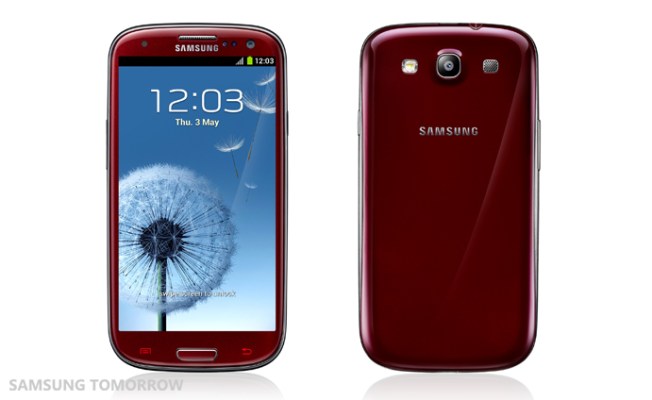Nokia and Motorola had their day in the device spotlight yesterday, and today it is Amazon’s turn, with Apple’s next week. So in the middle of all of this, just to make sure we don’t forget about it, Samsung has released some numbers on sales of its newest smartphone, the Galaxy S III.
Samsung says it has sold over 20 million units of Galaxy S III in the first 100 days of launch: 6 million in Europe, 4.5 million in Asia (ex. Korea), 4 million in North America and 2.5 million in Korea. Samsung is the world’s biggest mobile phone company at the moment, so should sales of its flagship device be viewed as a benchmark for competitors?
While we don’t have like-for-like numbers, we do have some historical figures that give us some points to ponder; and in my opinion, the only company that Samsung’s figures should matter for is Nokia.
Apple’s last launch, the iPhone 4S, sold 4 million devices its first weekend out of the gate.
And Nokia yesterday told analysts that it had sold 7 million Lumia devices since launch in October last year to end of June (that’s the whole range of Lumia models).
Samsung’s Galaxy S III sales therefore put it somewhere between those two, closer to the Apple end of the spectrum. Samsung’s prominence in mobile phones, remember, comes from its scale and range of devices, not the success of a single model.
So how does that translate into what happens going forward with new device launches?
Samsung notes that the S III has picked up momentum versus previous versions of the device: in the same space of 100 days from launch, Samsung sold three times as many units as the S II, and six times as many as the Galaxy S.
But I suspect a lot of that momentum is a function of how smartphones are simply growing in popularity. Apple’s iPhone 4S, dubbed a disappointment by many observers when it was revealed, actually sold twice as many units as its predecessor, the iPhone 4, did in its opening weekend.
Partly because it looks like this next iPhone will represent a real evolution over the 4S, and partly because there is simply pent-up demand for a new iPhone, the momentum trend should also give a big boost to Apple this time around. One analyst, Gene Munster of Piper Jaffray, has already predicted that the iPhone “5” will sell as many as 10 million units in its opening weekend.
At that rate it could take 14 days or less for Apple to kick Samsung’s 20 million figure into irrelevance. Samsung’s numbers therefore might look good, but are in fact a Red Herring.
On the other side of the spectrum is Nokia. Operating on a business model not unlike Samsung’s based on a wide range of handset models in both smart and feature levels, Nokia was once the world’s biggest handset maker before it ceded that title to Samsung this year.
While the two are actually still competitive against each other in feature phones, it’s in smartphones that Nokia has choked.
And its (now, not-so-new) focus on the Lumia and the Windows Phone platform point to a long and slow turnaround of that situation, if there is a turnaround to be had. Nokia has so far not proven to be up to the task as far as sales are concerned — last quarter’s shipments (including both 4 million Lumias and 6 million legacy Symbians) amounted to only 7% of all smartphone sales worldwide.
Considering the marketing muscle of Nokia and the fact that the phones are actually not bad at all, this is a bit surprising and just underscores how tough the competition is for consumer attention between the rock and hard place that are Apple and Android. The next wave of devices, with wireless charging, great cameras and other features, feel like they are Nokia’s biggest crack yet at trying to turn things around. Still, the key fact is that we’re talking about a turnaround in smartphones. That’s where those Galaxy S III numbers are truly a benchmark for Nokia. And one where Nokia might fall down. The banks, notes Finnish paper Kauppalehti, estimate Lumia sales of 25 million for all of next year.
Amazon, meanwhile, is in a pretty position, if it chooses this quarter finally to quell rumors and enter the smartphone market, as some believe it might do. If it takes the Kindle Fire route to market — competing on low price, and pared-down features, leveraging its strong presence online as well as its extensive collection of apps and other content, that could give it a quick advantage over the rest as the maker of the “anti-feature” smartphone.
Flying directly in the face of companies like Nokia, which is at pains to add in as much cool stuff as it can, and always refusing to reveal hard sales figures, Amazon could prove to be the fly in the ointment for all of the rest.
